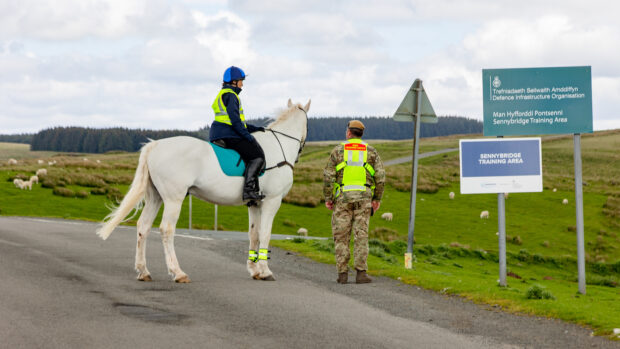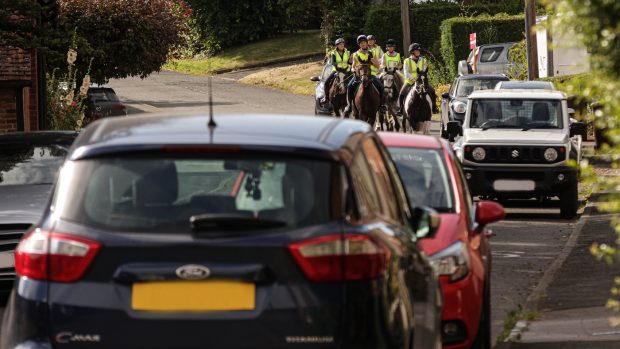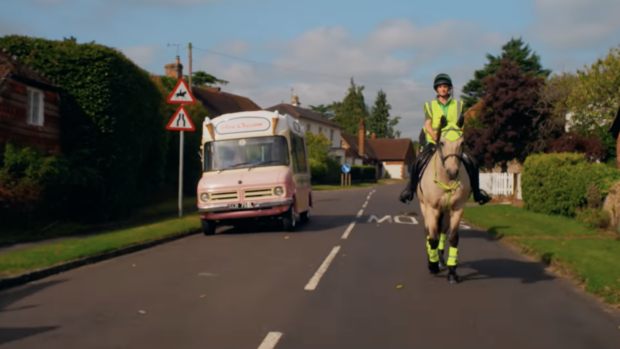Self-closing bridleway gates are likely to face a make-over, following the results of a combined study from the British Horse Society (BHS) and Natural England.
The report found that equestrians were being deterred from riding out around the countryside because of concerns over self-closing mechanisms, which have caused injuries to horses and riders.
While the gates are popular with landowners, who want to reduce the risk of stock escaping, reports of accidents first prompted an investigation by the BHS in 2011.
Their preliminary study recommended further reports, so a trial was conducted last year in York, involving 101 common users of bridlepaths, including 48 horse riders.
Natural England’s Pippa Langford, who initiated this latest study, said: “Natural England wants to put people at the heart of the natural environment and part of this is improving simple things like gates so that they are safe for everyone to use.
“We were overwhelmed by the response from people who participated in the trial, particularly the horse riders and the disabled, who were really pleased that we were investigating how to make gates safer for everyone, as well as making them better for farmers.”
Participants in the trial tested 10 variations on self-closing gates in a bid to identify which were the easiest and safest to use.
While the study concluded that two-way opening, non self-closing gates were the safest for all users, it made recommendations for when self-closing gates were essential. It showed the gates should open in both directions, be easy to push (no more than 18 newtons of force), have a closing time of eight seconds and have a delayed action on the hinge to prevent it slamming back on the user.
Related articles:
- 6 things sure to humiliate every rider
- 9 ways to train your horse out hacking
- 14 things you will quickly learn on a fun ride
“Our recent trial results mean that we know how gates could be made safer and more secure and I’m pleased that manufacturers are already working on new designs. The British Standard committee are meeting this month to review the current standard and these results will be informing that discussion,” Ms Langford added.
“In the long term it would be great to see safer and more secure gates installed wherever a gate is needed.”





